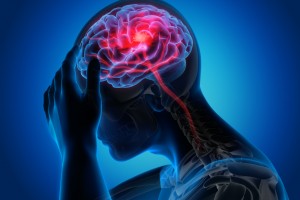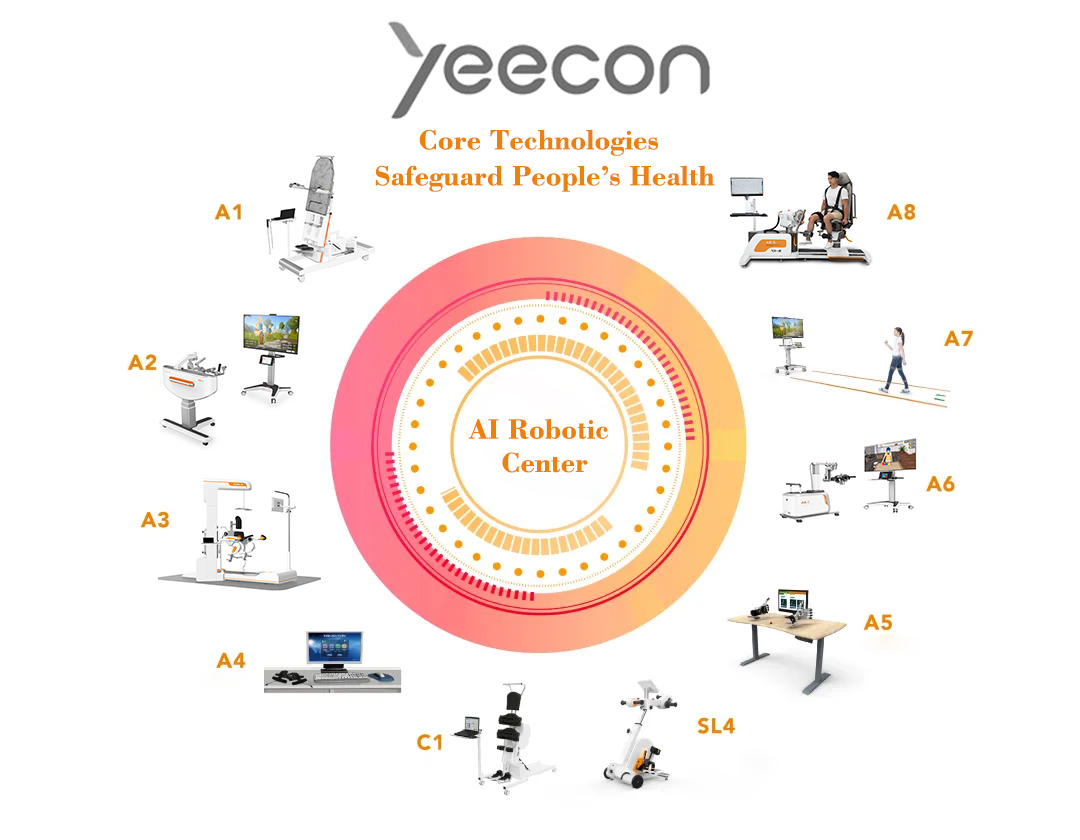Stroke is a common disease caused by brain disorder. After stroke, patients might have conditions such as facial paralysis, disturbance of consciousness, alalia, blurred vision and hemiplegia, which severely affect their daily life.

It is clinically proven that the earlier rehabilitation starts, the better the later results will be. If the treatment is delayed, the best treatment timing is missed. Many stroke patients and their family members wrongly believe that: rehabilitation treatment does not begin until the sequelae period, such as a month after the disease or even three months after. In fact, the earlier the formal rehabilitation training begins, the better the rehabilitation effect! Many patients miss the best time to recover (within 3 month since stroke attack) because of this concept.
As a matter of fact, for both cerebral hemorrhage and cerebral infarction patients, as long as their condition is stable, rehabilitation training can begin. Generally speaking, as long as the cerebral infarction patients has clear consciousness and stable vital signs, and the condition is no longer exacerbating, rehabilitation training can start after 48 hours. The rehabilitation training intensity should be increased gradually step by step.
Many people see rehabilitation as a kind of massage and believe that they can do it by themselves. This is a limited understanding. Rehabilitation training must be carried out under the supervision of professional medical staff like physiatricians, rehabilitation therapists and rehabilitation nurses. Each patient’s condition should be analyzed individually and targeted rehabilitation plans should be given. Training ought to be guided by therapists step by step. The training can be very specific, such as the training of a specific muscle, or a specific movement.
Training blindly can’t help patients recover, and it might lead to more serious consequences. For example, many patients have shoulder subluxation, shoulder pain, shoulder-hand syndrome and other problems, which are very serious consequences. Once shoulder-hand syndrome develops, the patient’s arm is difficult to recover. Therefore, patients should not be self-opinionated and self-righteous when it comes to rehabilitation treatment. Rehabilitation training should be done according to the guidance of doctors, therapists and nurses.
As a rehabilitation equipment manufacturer, Yeecon developed a variety of intelligent rehabilitation robotics that are applicable to the rehabilitation training of hemiplegia after stroke. Lower Limb Intelligent Feedback and Training System A1 and Gait Training and Evaluation A3 are popular rehabilitation robotics for lower limb dysfunction rehabilitation while Upper Limb Intelligent Feedback and Training System A2 and Upper Limb Training & Evaluation System A6 are the comprehensive upper limb rehabilitation devices. Our products cover the whole rehabilitation cycle and has been widely recognized by hospitals and medical institutions around the world. Feel free to contact us to get more information about Yeecon and our intelligent rehabilitation robotics.

Read more:
Active and Passive Rehabilitation Training, Which is Better?
Can Stroke Patients Restore Self-Care Ability?
Limb Function Training for Stroke Hemiplegia
Post time: May-10-2022






